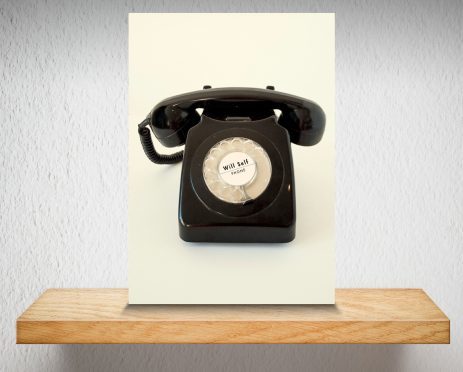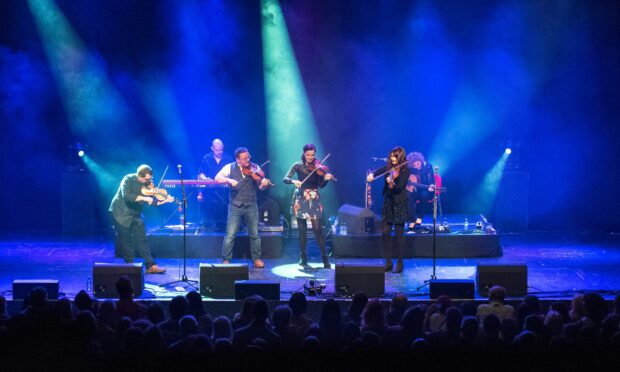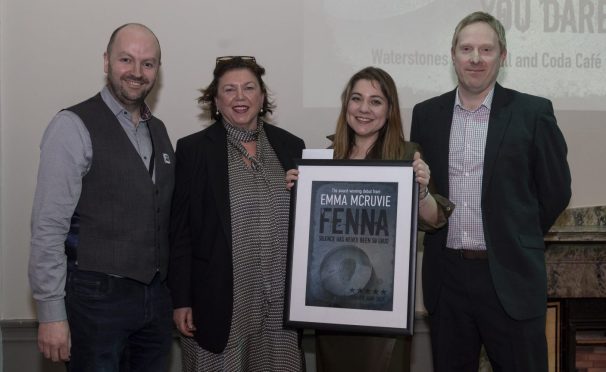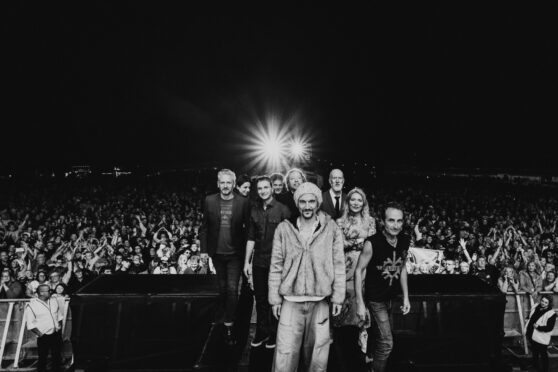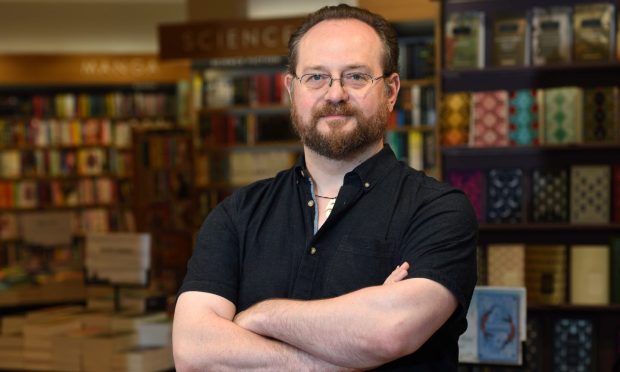After Shark and Umbrella, Phone completes Will Self’s high modernist trilogy.
It’s either a significant literary achievement or a naked Emperor (or possibly both). Among other things, Phone is a tale of the limitations of technology, the insights of schizophrenia, the abuses of modern warfare, and of a clandestine love affair between M15 spook Jonathan De’ath and Gawain Thomas, a tank commander serving in Tony Blair’s Iraq.
We also meet again Zack Busner, the ageing psychiatrist and recurring Self character, now a pre-senile, wandering holy man, along with his extended family, which includes his schizophrenic son-in-law Mark and autistic grandson Ben, and their long-suffering carer, wife and mother Milla (who also has mental health issues).
For a long time it’s hard to see how all of these characters interrelate, but they do all get pulled together in the end, sort of.
The centre of the novel focuses on a series of tautly written, grittily credible scenes in which Thomas’ weakness as a military manager allows a group of Iraqi detainees to be abused, fatally in one case, by their naively vengeful British squaddie guards.
De’ath the spook arrives to mop up the mess, and is moved to cover up his lover’s failings in a way that saves Thomas’ skin, but brings their relationship to an end.
This strand of the book is so well-realised, it almost feels like a self-contained story of its own. But there’s quite a bit more. Indeed, the book is 600+ pages long, it’s written as a single paragraph, and peppered with italics and ellipses.
Narrative strands and character viewpoints switch abruptly without warning, and characters frequently think along two or three tracks at once, though these shifts are all for the most part easy enough to follow.
The book’s endless puns, and allusions, its recherche lexicon and swamping clever-cleverness give it a sort of brittle, parodic style. Some of the plot points lack credibility, and there are longueurs and techno-mystical riffs aplenty.
But then again, this is a late Self novel; what else would you expect?
